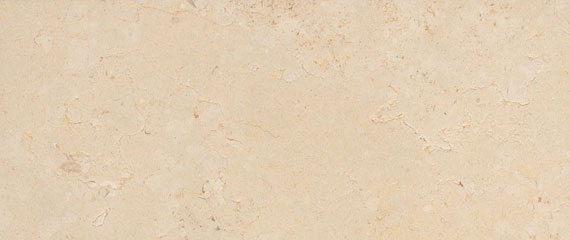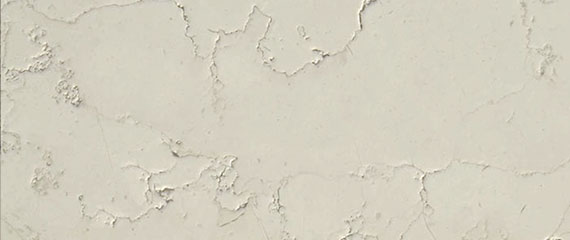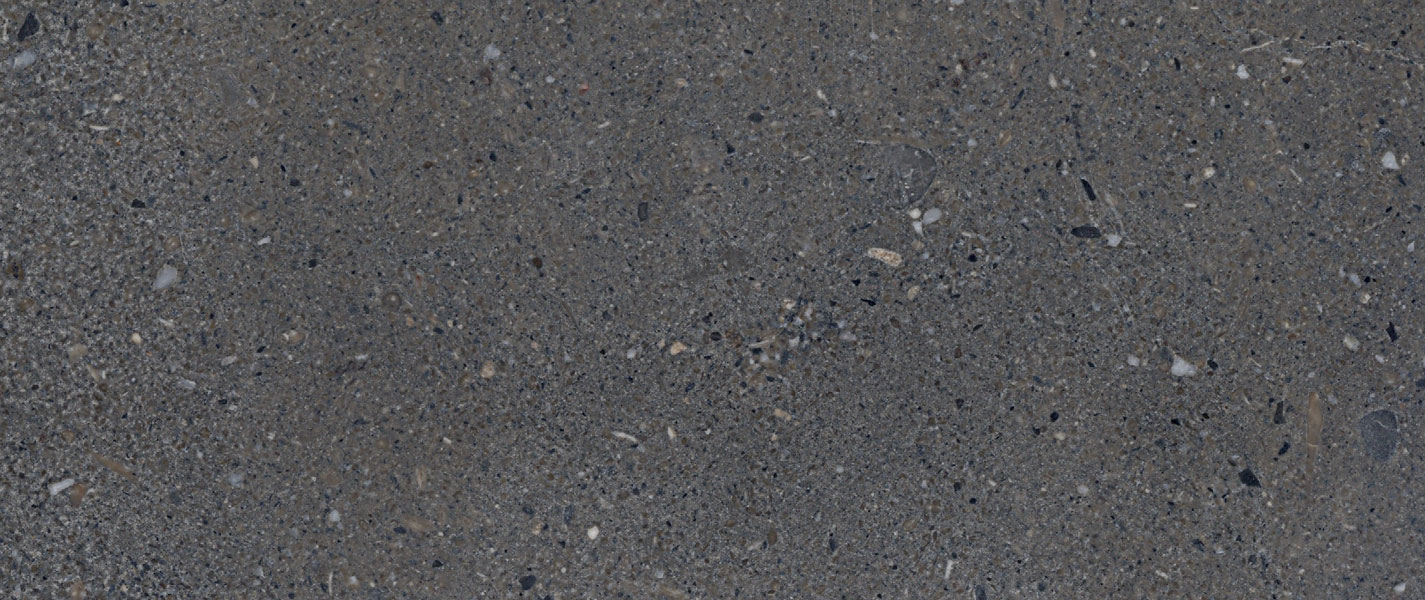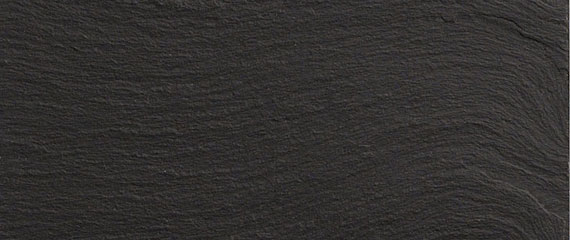Marble is formed by limestone through a metamorphic process, meaning it changes form: this process leads to a complete recrystalization of the calcium carbonate that largely makes up the rock, thanks to the combined action of heat and pressure.
These transformation processes occur deep underground and are brought to the surface by the movement of the earth’s crust.
The colour of marble depends on the presence of mineral impurities (clay, silt, sand, iron oxides, flnt nodules), embedded as grains or layers within the original rock. Apuan marbles, for example, are among the purest in the world because they consist almost exclusively of calcite which determines their characteristic white colouring.
 English
English Italiano
Italiano Français
Français











